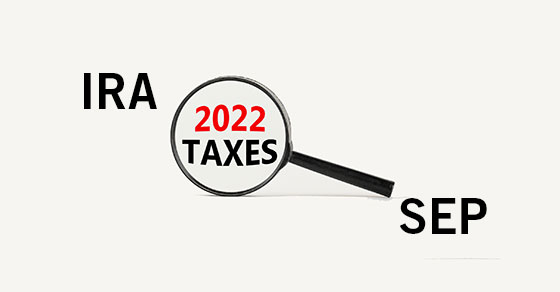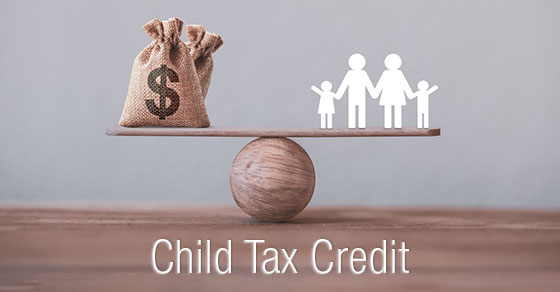Awarded money in a lawsuit or settlement? It’s only tax-free in certain circumstances

You generally must pay federal tax on all income you receive but there are some exceptions when you can exclude it. For example, compensatory awards and judgments for “personal physical injuries or physical sickness” are free from federal income tax under the tax code. This includes amounts received in a lawsuit or a settlement and in a lump sum or in installments.
But as taxpayers in two U.S. Tax Court cases learned, not all awards are tax-free. For example, punitive damages and awards for unlawful discrimination or harassment are taxable. And the tax code states that “emotional distress shall not be treated as a physical injury or physical sickness.”
Here are the facts of the two cases.
Case #1: Payment was for personal injuries, not physical injuries
A taxpayer received a settlement of more than $327,000 from his former employer in connection with a lawsuit. He and his spouse didn’t report any part of the settlement on their joint tax return for the year in question. The IRS determined the couple owed taxes and penalties of more than $119,000 as a result of not including the settlement payment in their gross income.
Although the settlement agreement provided the payment was “for alleged personal injuries,” the Tax Court stated there was no evidence that it was paid on account of physical injuries or sickness. The court noted that the taxpayer’s complaint against the employer “alleged only violations of (state) labor and antidiscrimination laws, wrongful termination, breach of contract, and intentional infliction of emotional distress.”
The taxpayer argued that he had a physical illness that caused his employer to terminate him. But he didn’t provide a “direct causal link” between the illness and the settlement payment. Therefore, the court ruled, the amount couldn’t be excluded from his gross income. (TC Memo 2022-90)
Case #2: Legal malpractice payment doesn’t qualify for exclusion
This case began when the taxpayer was injured while at a hospital receiving medical treatment. She sued for negligence but lost her case. She then sued her attorneys for legal malpractice.
She received $125,000 in a settlement of her lawsuit against the attorneys. The amount was not reported on her tax return for the year in question. The IRS audited the taxpayer’s return and determined that the $125,000 payment should have been included in gross income. The tax agency issued her a bill for more than $32,000 in taxes and penalties.
The taxpayer argued that the payment was received “on account of personal physical injuries or physical sickness” because if it wasn’t for her former attorneys’ allegedly negligent representation, she “would have received damages from the hospital.” The IRS argued the amount was taxable because it was for legal malpractice and not for physical injuries. The U.S. Tax Court and the 9th Circuit Court of Appeals agreed with the IRS. (Blum, 3/23/22)
Strict requirements
As you can see, the requirements for tax-free income from a settlement are strict. If you receive a court award or out-of-court settlement, consult with us about the tax implications.
© 2023









